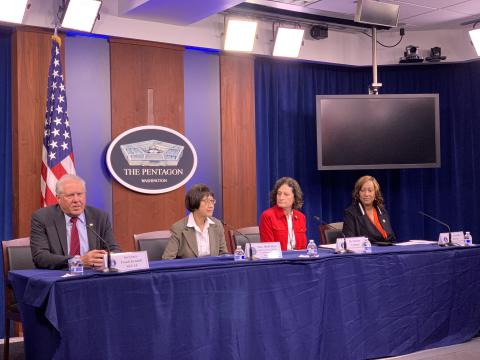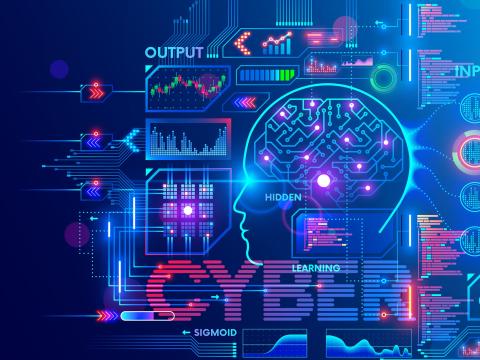Schools Are Working to Meet the Nation's Future STEM Requirements
I wrote about STEM—science, technology, engineering and mathematics—being a critical element of national security (CENS) in July 2015. At the time, 8.5 million STEM jobs already were on the market, with the number growing. The Bureau of Labor Statistics projects more than 9 million additional STEM graduates will be needed by 2022.
So, how is the nation going to meet this CENS need that crosses nominal disciplines such as the economy, power, water, transportation and defense?
People just don’t walk out of their homes one day into the adult work force with the experience, knowledge and educational background to be cyber warriors. And, with cyber technology metamorphosing exponentially in the binary realm, what in the world is it going to look like when quantum hits the street?
Two national plans complement each other for identifying the educational preparedness for Cyber CENS, not to be confused with Cyber Sins.
One is the Department of Defense Strategic STEM FY 2016-2022, which in keeping to the KISS—keep it simple, stupid—principle, has only five goals. Goal #2 is to inspire STEM education in the K-12 domain by enhancing student and educator participation in a Defense Department-sponsored STEM event. The other is the Department of Education pushing STEM education starting in preschool and continuing through the 12th grade.
Supporting both strategic plans are proposals such as the National Science Foundation (NSF) identifying a national urgency to tackle STEM education from the early grades through high school. Nearly $50 million in proposal funds have been set aside for this RFP.
Let me share an experience we had recently.
Most parents already know that STEM education has started at the elementary school level. If I needed to find out, our granddaughter in grade 2 showed us.
She invited her grandmother and me to go to her elementary school STEM night. I mentally groaned, for I expected to find us sitting in an audience as speakers high-fived each other as they passed the microphone.
Wow—was I ever wrong.
The school faculty started by giving handouts when people arrived. These handouts showed selected demonstrations and activities in a variety of classrooms. It was almost like taking classes again, and when the bell sounded, people changed rooms. So, if anyone expected to sit down and hear someone talk, then they came to the wrong venue that night. Mea culpa.
Each room offered two or three activities—such as “techy toy,” “building a human statue,” coding (being a career cryptologist I found this one very interesting), building an air-launched rocket and medical STEM demonstrations. Throughout the two-hour event, these activities assured attendees about important STEM resources available in the county public school system.
This elementary school not only had faculty participation, but also working alongside the teachers were volunteers employed in STEM vocations along with local high school students demonstrating their own STEM successes, such as in the high-growth field of robotics.
And all the way home we listened to our granddaughter talk about what a great time she had had. We did, too.
After all, even grandparents can learn.
David E. Meadows is a retired U.S. Navy captain and the author of the Sixth Fleet series, along with Seawolf, Joint Task Force Liberia, Tomcat, Final Run and other action-adventure novels.






Comment
STEM EDUCATION
Science education is super important! I actually just interviewed a New York City professor who teaches science thru hip hop! You can watch it here:
https://www.youtube.com/watch?v=5GKy_Y5Pl9k
Comments